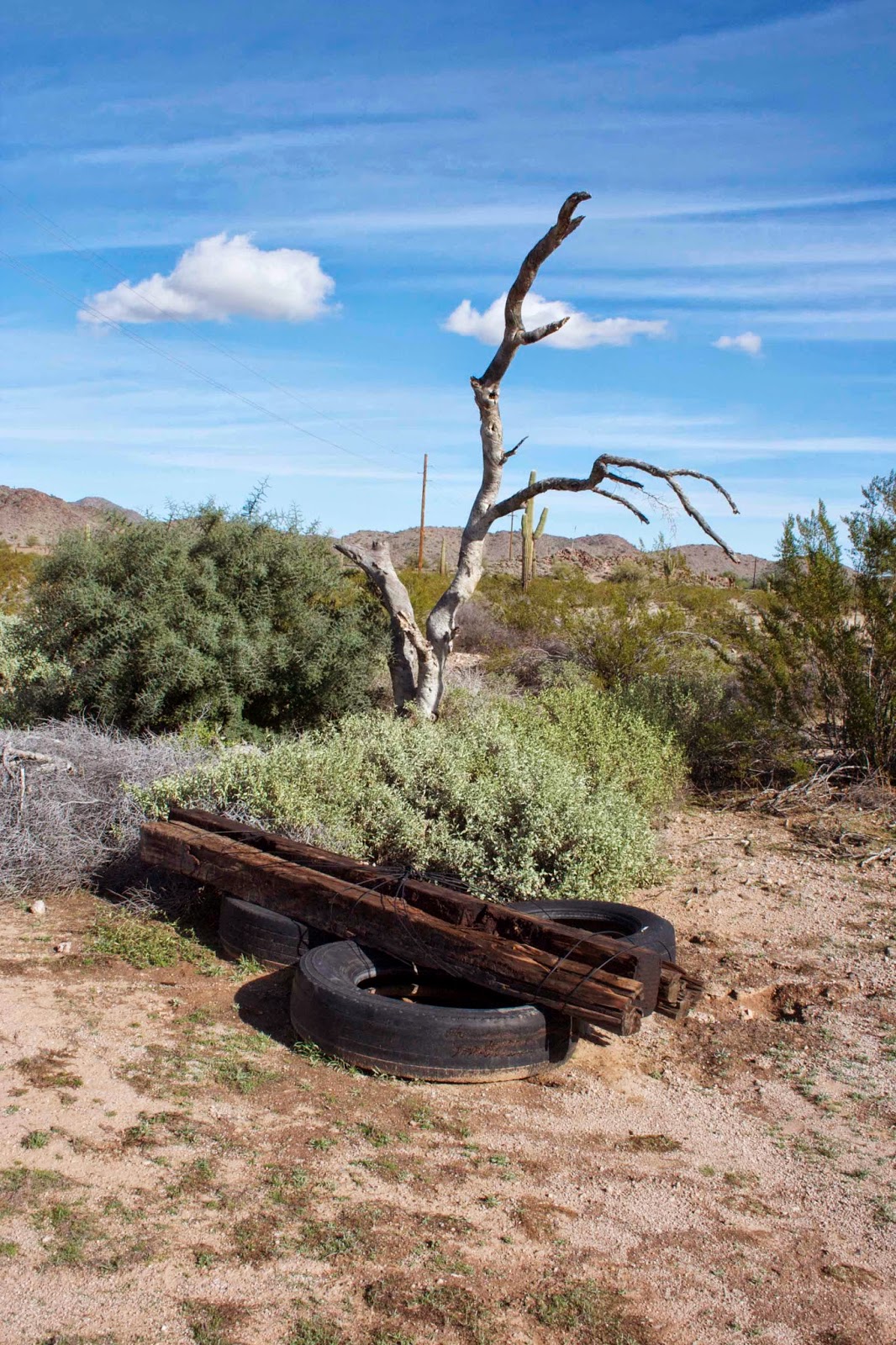In an article by Greil Marcus titled “Heaven’s Gate” (it first appeared
in the New York Times and is included in the collection Double Trouble) he tells the story of Bob Dylan meeting Pope John
Paul II in Bologna in 1997. The story
may or may not be apocryphal but Marcus quotes the Pope as saying “You ask me
how many roads must a man go down? One
road: the road of Jesus Christ!”
Of course, in this version, which is presumably a translation, the Pope
misquotes the Dylan lyrics – it’s not how many roads must a man go down but walk down, and he omits the second half of the question “before you
call him a man?” So it looks like the
Pope’s saying you can only be called a man if you walk down one road, with Jesus. Well yes, I can see how that might be a papal
view, but really John Paul, you know, it's a metaphor, right?
Meanwhile in the New York Times right before Christmas there was an
article by Bruce Feiler titled “The New Allure of Sacred Pilgrimages” reporting
that more and more folk “longen to goon on pilgrimages”
(as Chaucer - and Pasolini below - would have it).
Feiler is
the author of Walking The Bible and
host of a PBS series titled Sacred
Journeys with Bruce Feiler. That's him below, he's the one rather conspicuously not walking.
He also reports that “of every three
tourists worldwide, one is a pilgrim, a total of 330 million people a year,”
which sounds both impressive and utterly impossible to prove or disprove. 2 million of these, according to Feiler are
Muslims heading to Mecca for a walk around the Kaaba, though other sources say
over 3 million. Either way it still
seems surprisingly low considering, again according to Feiler, that 20 million a
year go to Our Lady of Guadalupe in Mexico City.
Most pilgrims do end up walking one way or
another. If photographs of crutches at
Lourdes, like the one above, are to be believed (4 million visitors a year says Feiler) many hobble
in there but walk out with a spring in their step.
Feiler also reports the case of Brian Kwan, “a young photographer in Colorado Springs, (who) was born
to Buddhist parents but converted to Christianity at 16. When his father died
suddenly, he began to question his faith. He decided to hike the Jesus Trail, a
four-day, 40-mile journey from Nazareth to the Sea of Galilee. He carried no
luggage.
“At one point Mr. Kwan ran out
of food and water and became disoriented. He wandered in the heat for 10 hours.
‘That was the scariest part,’ he said, ‘but I knew that God was with me, and
that my dad was with me, too.’”
Well personally I’d have
thought that one of the three might have had the foresight to carry some water,
but what do I know?
Feiler finally quotes Kwan as
saying “You’re either walking in the direction of God or you’re walking
away.” But I disagree. Some of us trying to keep god at a safe and
constant distance, whichever road we’re walking down.






.png)












